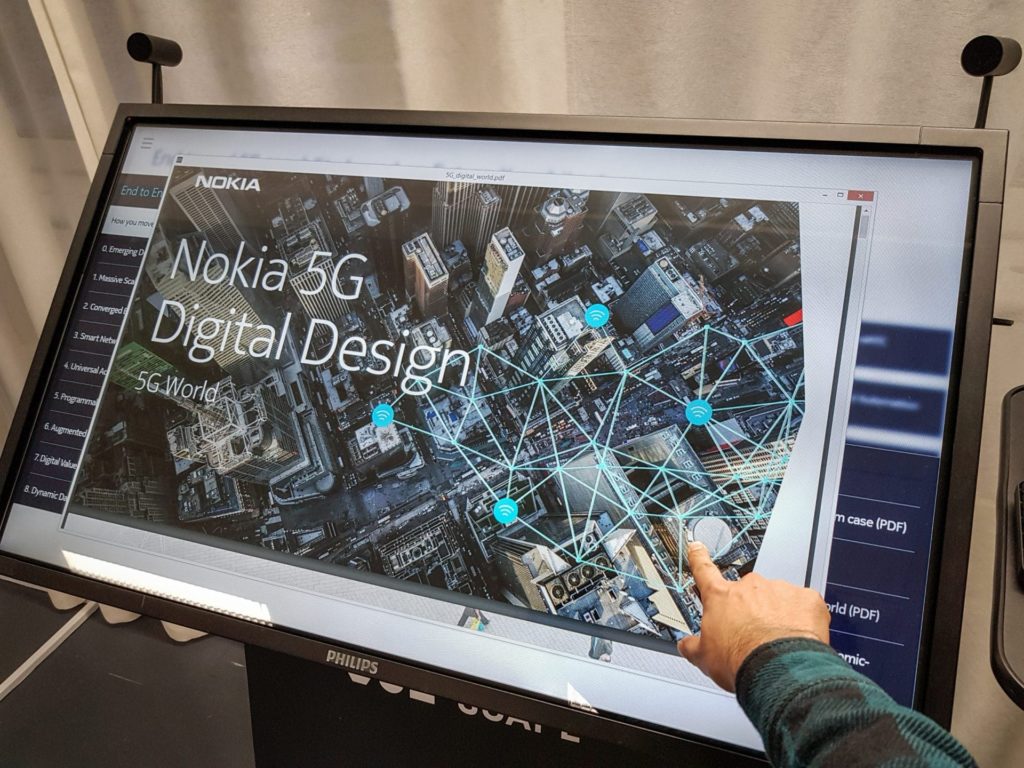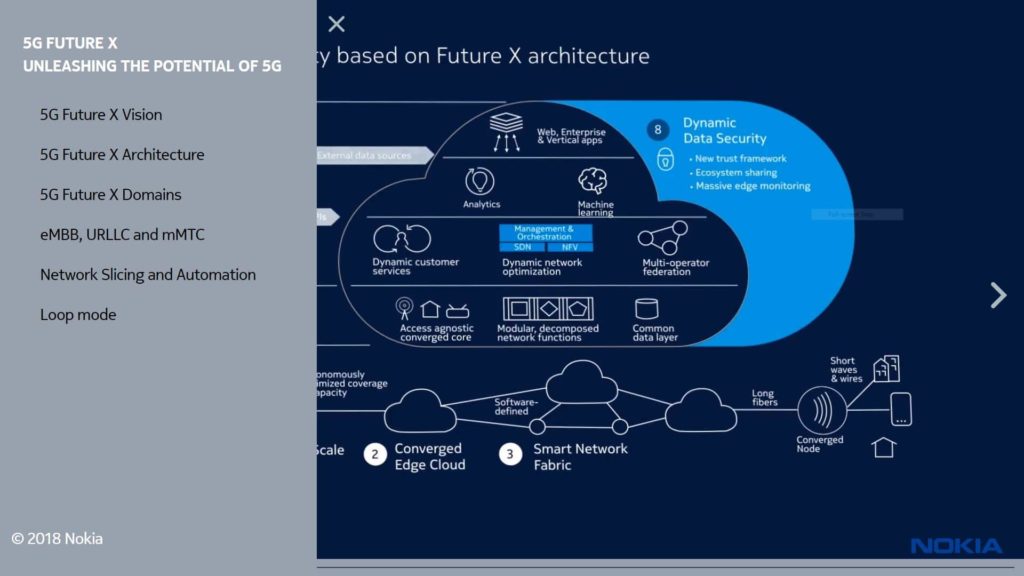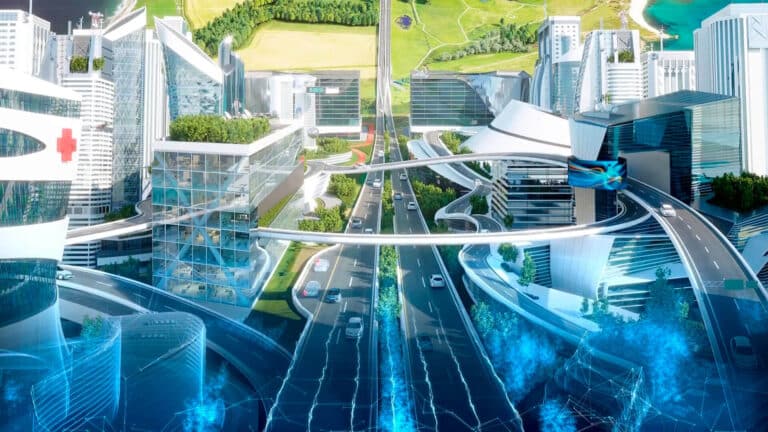What is multilayer storytelling?
Layered storytelling in the context of B2B marketing communications means that a presentation, experience or website has a top level, which is immediately visible or audible to the user, and several deeper layers, which open up to exploration. The different layers provide a flexible experience to users, allowing a degree of customisation to fit the different levels of expertise, interest, time available and attention span of different individual users.
For example, the top layer of a website could in itself provide an experience similar to watching a documentary on television; but clicking or interacting with points of interest could lead to a more book-like experience, making more in-depth, focused exploration possible. This kind of layered storytelling approach is particularly valuable when communicating complex information. Where the top layer may provide an engaging overview, the further layers facilitate individual journeys into deeper sense-making.

Good information architecture underpins interactivity
Interactivity and multilayer storytelling open up a lot of creative possibilities, but they also create additional complexities around user experience and information architecture. Great content is not enough; one must consider how the story will be delivered to the audience.
For example the BBC, long an innovator in the field of implementing complex digital strategies, introduced a new way of thinking about pathways through content and experiences already back in 2015, to help design IA for their multilayer projects. Calling this technique ‘trajectories’, they started with a foundation of information architecture, and layered experience architecture on top it. The user’s journey and experience was at the heart of this new way of imagining information architecture.
Tips for interactive design for multi-layer stories
To make a positive impact on your audience with your interactive stories, you must consider both information architecture and user experience.
Information architecture
- Select a format and device that serves the story you want to tell
- Consider the nature of the experience: are the users free to explore around the content, or does the experience follow a set sequence?
- Design the narrative: each new ‘layer’ of the experience must provide added value and depth
- Consider cognitive capacity: design the visuals and copy to help information retention

User experience
- Design the user experience around the story you are telling
- Consider the device or platform the story is consumed on
- Linear approach works with short stories; more complex information requires more freedom to explore, and thus, flexible navigation becomes key
- Clear interaction: signpost clearly the points where the user can engage with content, for example, by clicking
- Reward engagement: provide instant feedback to users, for example if they make a selection or ask a question
To sum up…
When we hear about information architecture and user experience, we usually think about website or app design. But the same principles hold true for designing an interactive, or multi-layered experience.

